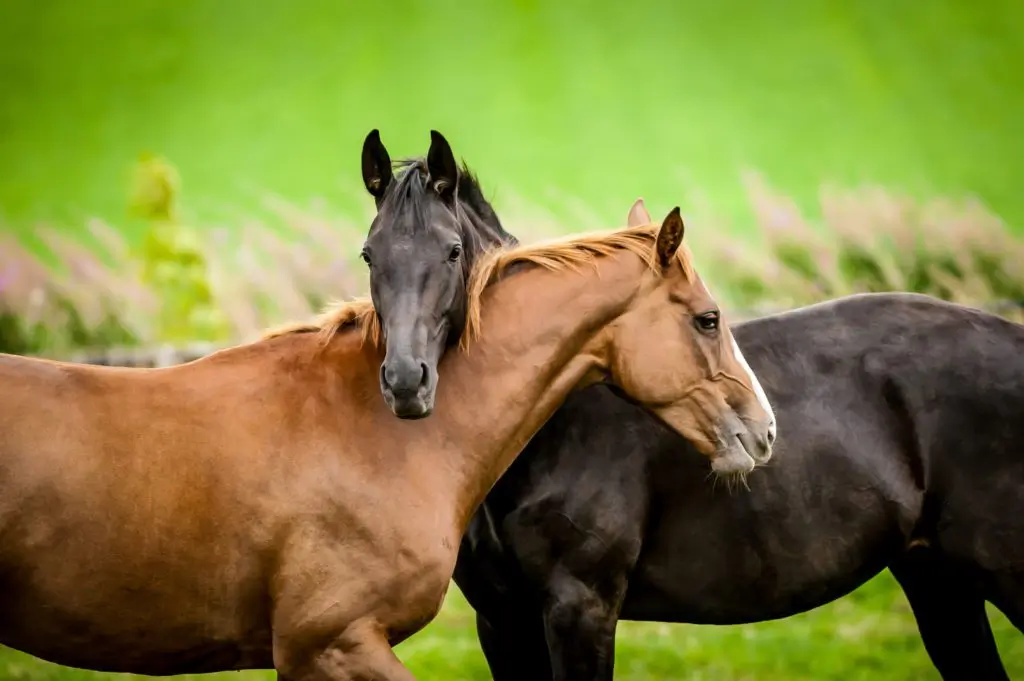Zimbabwe News Update
📅 Published: August 19, 2025
📰 Source: gemnation
Curated by AllZimNews.com
📅 Published: August 19, 2025
Curated by AllZimNews.com
Likewise a stable is known as dangarebhiza.
A stallion, an uncastrated male horse especially one used for breeding is known as hono re bhiza.
Such expressions lend weight to Africa’s horse heritage and prove indigenous peoples’ familiarity with horses and horse breeding.
In southern Africa, a significant change took place in the Stone Age sequence about thirty thousand years ago, leading to what is known as the Later Stone Age.
This cultural phase, though not closely similar to the European Upper Palaeolithic, is nevertheless similarly associated with painting and engraving on rock.
Where this art can be linked to particular groups of people, it is almost always to Khoisan hunter-gatherers.
The antecedent horse breeds seen on select pre-historic cave paintings are often mistaken for unmarked zebra or eland.
But ethnographic research by Frobenius amongst the San and Khoi people of Tsodilo shed light on the fact that the equus-like images on some caves in Zimbabwe and the Ghanze region of Botswana and other parts Southern Africa, do in fact, represent a wild indigenous horse breed – theEquus CapensisorEquus Bambatahorse.
Archaeological studies carried out in Zimbabwe in the early 1980s revealed skull fragments, phalanges, tooth fragments and bone shafts of indigenous horse breeds at several Iron Age stone sites.
These include Mapungubwe, Great Zimbabwe, Domboshava, Harava, Khame, Murewa, Mutoko, Nyanga, Zvimba Hills, Chinhoyi, Mutare Altar Site, Epworth, Amathobo (Matopo), areas near southern Matabeleland and north-eastern Botswana.
Studies of excavations atBambata Cavesreveal indisputable evidence that the Later Stone Age started in the Matobo Hills some 13 000 years ago.
Pre-historic rock art visualizations in the Matopo Hills depict equestrian images referred to in archaeo-zoology as Equus Capensis – the Giant Cape Horse.
Believed extinct for at least 9000 years; these ancient horses are said to share the same pool gene.
Indeed, evident in many Iron Age rock art friezes are dominant depictions of thick-set savannah horses, often portrayed in isolation from the main imagery; a notable example being the Giant Cape Horse.
Other unexamined rock art sites that may contain more equestrian imagery include the Gulumahwe Cave, Nanke Cave, Njerere, Amadzimba and Buhwe caves in the Amathobo Hills.
📖 Continue Reading
This is a preview of the full article. To read the complete story, click the button below to visit gemnation.
🔗 Read Full Article on gemnation
AllZimNews aggregates content from various trusted sources to keep you informed.
📰 Source:
gemnation
Aggregated by AllZimNews – Your trusted source for Zimbabwe news
